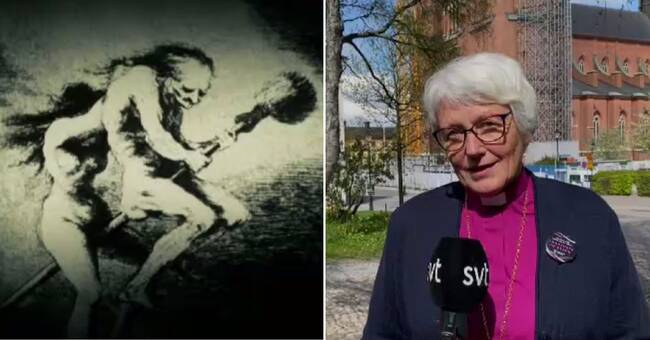The witch trials are a dark part of Sweden's and the church's history.
During what is usually called the Great Noise, in 1668-1676, hundreds of people, mainly women, were executed and burned.
The memory of what happened is still alive - recently several books, including Åsa Bergenheim's The Horny Witch and Sisela Lindblom's historical novel Brinn !, have been published.
In Härnösand, a memorial will be erected to honor the victims, and this summer Swedish radio P1 will broadcast a series in which now living descendants of the people in 17th century Ångermanland, where the witch trials were at their worst, dig into their dark history.
- It lives in people's memories.
The Church of Sweden is associated with these women who were burned at the stake.
The church was a leader in that process, I would like to say, says Kerstin Wimmer, pastor of the Church of Sweden in Lund.
Requires white paper and apology
Kerstin Wimmer wants the Church of Sweden to compile a white paper documenting what happened in the Swedish witch trials, similar to the one made in 2016, when the Church of Sweden dealt with another dark part of its past.
A white paper reported on the violations and wrongs committed in the church's historical relationship with the Sami.
But according to Archbishop Antje Jackelén, leader of the Church of Sweden, it is another matter to draw up a white paper for the witch trials.
- The White Paper project with the Sami is part of a long process of truth and reconciliation.
There is no clear recipient group in the case of the witch trials, and an apology has already been made, she says.
Antje Jackelén emphasizes that the church has already apologized for the witch trials - which was done locally in Härnösand in 2005. No white paper or apology from the Church of Sweden centrally is on the map at the moment.
- A white paper is not relevant in the same way here, she says.

